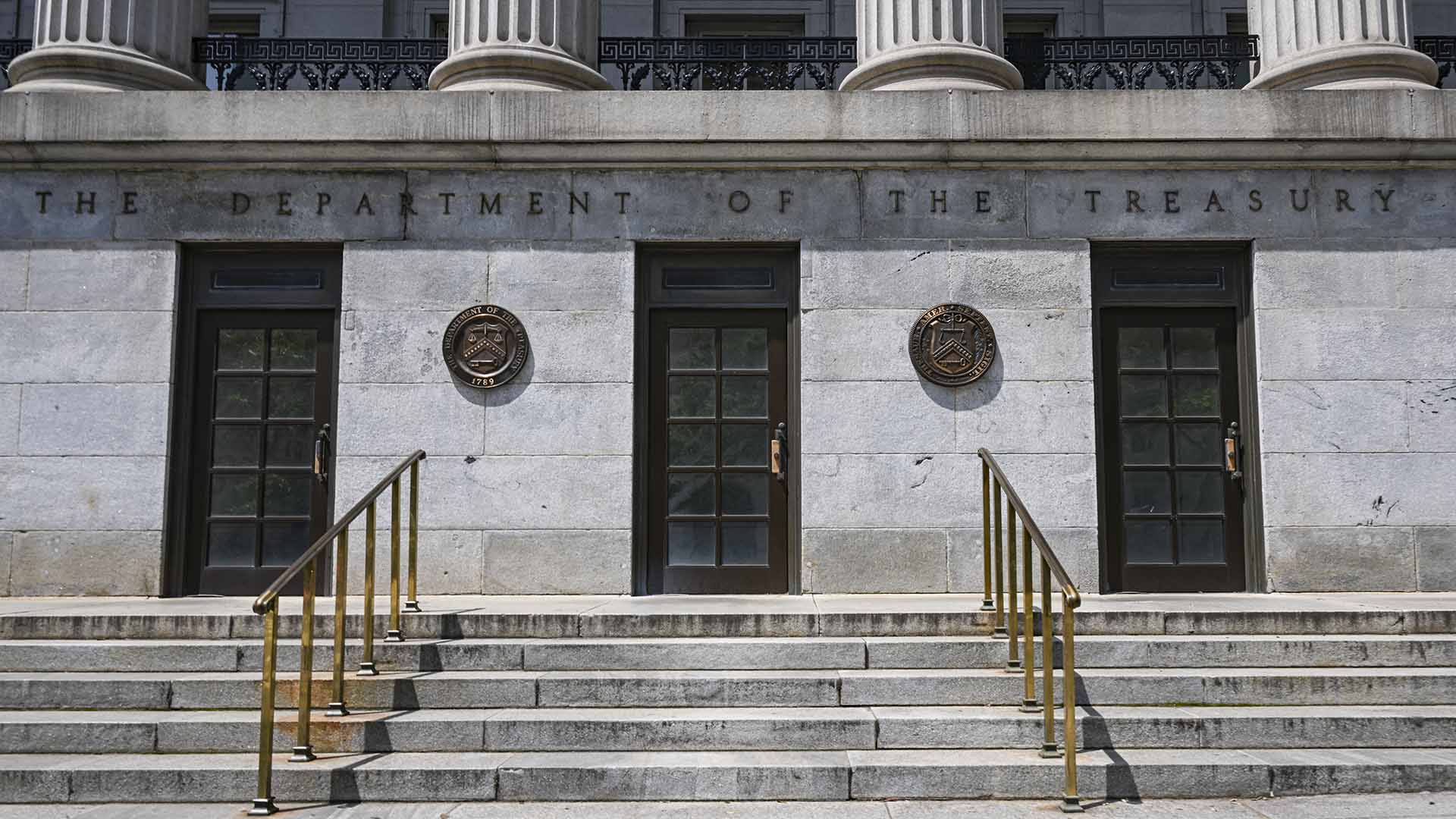Thousands of financial institution employees flagging transactions that somehow don’t look right are the world’s first line of defense against money laundering.
What is a suspicious activity report?
- A document used by financial institutions to report – you guessed it – suspicious activity to U.S. authorities.
- These are strictly confidential – so secret that banks aren’t allowed to publicly confirm their existence.
- They are required when a bank observes a transaction that seems suspicious — for example, if it appears to involve money laundering or corruption. A suspicious activity report (SAR) is not an accusation, it’s a way to alert government regulators and law enforcement to irregular activity and possible crimes.
FinCEN Files includes more than 2,100 suspicious activity reports mostly filed between 2011 and 2017 flagging more than $2 trillion worth of transactions.
Who files SARs?
- Banks, money exchanges, securities brokers, casinos and other financial institutions are required to file suspicious activity reports to the U.S. Treasury’s Financial Crimes Enforcement Network.
- Failure to report can lead to civil penalties such as fines.
Who filed the most in the FinCEN Files?
The SARs in the FinCEN Files were mostly filed by a few large banks: Deutsche Bank (982), Bank of New York Mellon (325), Standard Chartered Bank (232), JP Morgan Chase (107), Barclays (104) and HSBC Bank (73). Together they filed more than 85% of all SARs in the leak.
How many SARs are filed each year?
The Financial Crimes Enforcement Network (FinCEN) received more than 12 million SARs between 2011 and 2017 – and more than two million in 2019 alone.
The FinCen Files represent less than 0.02% of the SARs filed in the main period they cover.
What might spark a SAR?
- Insider trading
- Transactions linked to money laundering, terrorism financing or other crimes.
- Odd dealings, like a diamond dealer paying a pizzeria for lingerie.
- Transactions by individuals known or suspected to have links to criminal or terrorist organizations.
- Law enforcement surveillance requests.
What is the most common reason banks give for filing a SAR?
In FinCEN Files, the main trigger was suspicion of money laundering.
This is disguising the source of illegally-obtained money, in an effort to make it appear legitimate. When criminals launder their dirty money, the “washing machine” that they use is the global financial system.
Money-laundering, just like the crimes it tries to hide, is a crime.
How long do banks have to file a SAR?
- A SAR must be filed within 30 days once potential criminal activity is detected
- If more time is needed to identify a subject, 60 days.
The median reporting time for SARs in the FinCEN Files was 166 days (nearly half a year) since the suspicious activity started.
What happens after a bank files a SAR?
FinCEN shares SARs with law enforcement authorities including the Federal Bureau of Investigation and U.S. Immigration and Customs Enforcement. They are used to detect crimes, but cannot be used as direct evidence to prove legal cases.



